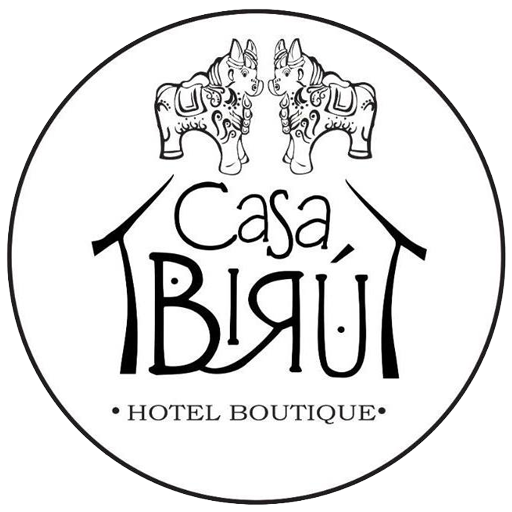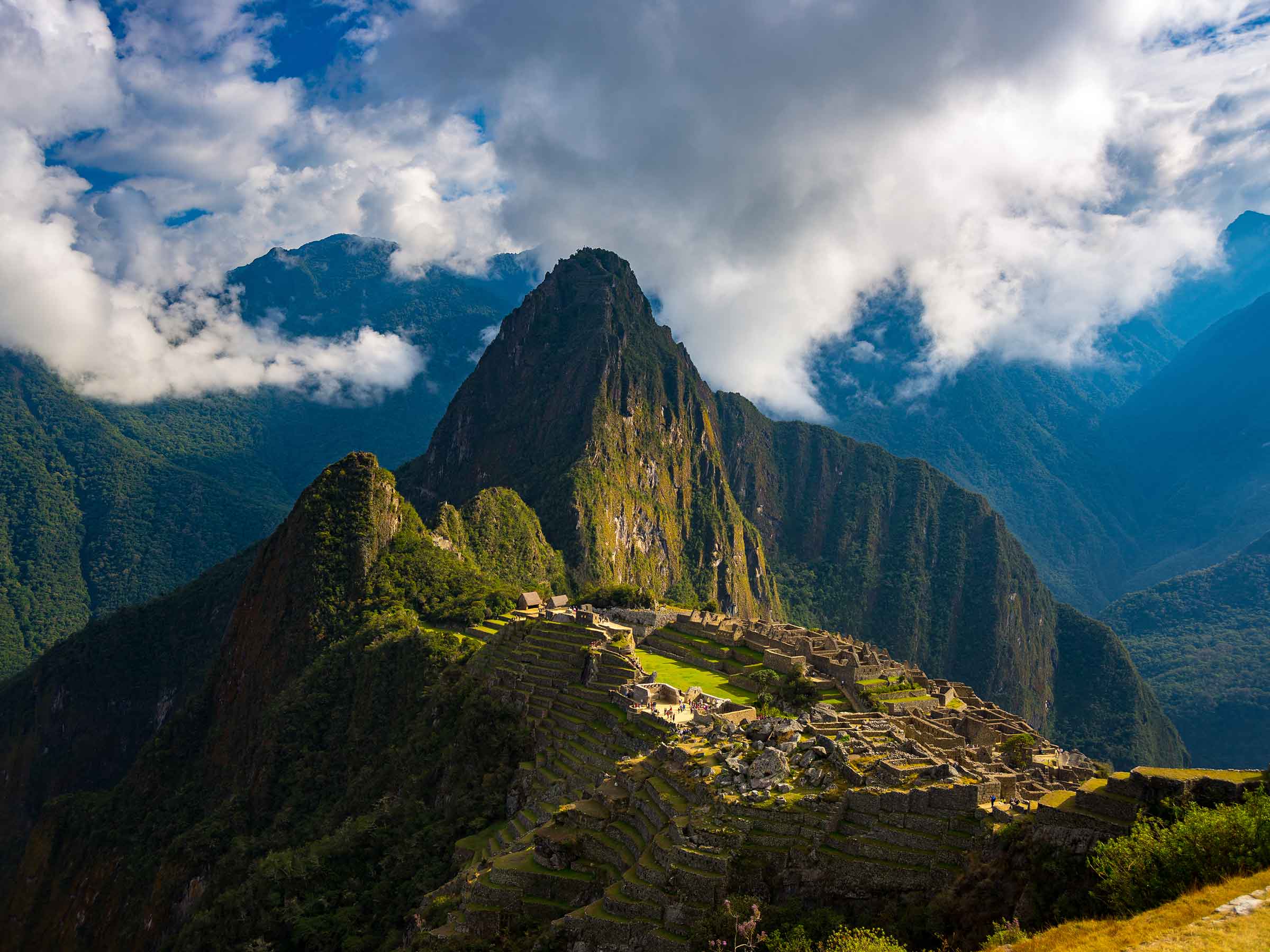
Explore Cusco: A Travel Guide to Must-See Sites in the Heart of the Andes
Your Ultimate Resource for Planning an Unforgettable Trip
Introduction
Cusco, once the capital of the mighty Inca Empire, is a city where history, culture, and natural beauty collide. Nestled high in the Peruvian Andes, it’s the gateway to iconic sites like Machu Picchu, but the city itself is a treasure trove of ancient ruins, colonial architecture, and vibrant markets. Wander through cobblestone streets lined with Inca-built stone walls, visit the towering Sacsayhuamán fortress, or soak in the lively atmosphere of the San Pedro Market.
Cusco’s elevation (3,400 meters) can be challenging, so take it slow to acclimate. The mix of Quechua traditions and Spanish influences creates a unique cultural experience—think colorful festivals, alpaca textiles, and dishes like lomo saltado. Whether you’re hiking the Inca Trail, exploring the Sacred Valley, or marveling at the rainbow-striped Vinicunca Mountain, Cusco offers adventures for every traveler. Just remember: weather here is unpredictable, and altitude sickness is real. Pack smart, stay hydrated, and embrace the unexpected!
How to Get to Cusco
Most travelers fly into Alejandro Velasco Astete International Airport (CUZ) from Lima (1.5-hour flight). Buses from cities like Puno (6–8 hours) or Arequipa (10 hours) are cheaper but slower. Once in Cusco, taxis and colectivos (shared vans) are common for short trips. To reach Machu Picchu, take a train from Ollantaytambo to Aguas Calientes (2 hours), then a bus up the mountain.
What to Wear for Tours
Dress in layers: mornings are chilly (5–10°C), afternoons warm (20°C). Wear moisture-wicking shirts, a fleece, and a waterproof jacket. Sturdy hiking boots are essential for uneven trails. Don’t forget a wide-brimmed hat, sunglasses, and sunscreen—UV rays are strong at high altitudes. For sacred sites, avoid revealing clothing; locals appreciate modesty.
Best Time to Visit
Dry season (May–September) offers sunny days and clear skies, ideal for hiking. However, crowds peak in June–August. Rainy season (November–March) brings lush landscapes but muddy trails and frequent downpours. Shoulder months (April, October) balance fewer tourists and decent weather. Festivals like Inti Raymi (June) are spectacular but book accommodations early.
Recommended Tours
- Classic Inca Trail (4 days): Trek through cloud forests to Machu Picchu.
- Sacred Valley Day Tour: Explore Pisac Market, Ollantaytambo, and Moray’s circular terraces.
- Rainbow Mountain Full-Day Hike: A challenging climb to 5,200 meters for surreal views.
- Machu Picchu by Train: A relaxed option with a scenic rail journey.
- Community-Based Tourism: Visit weaving villages like Chinchero or Huilloc.
What to Pack
- Passport: Required for Machu Picchu entry.
- Water bottle: Stay hydrated at high altitudes.
- Snacks: Energy bars for long hikes.
- Layers: Thermals, gloves, and a beanie for cold mornings.
- Cash (Soles): Many rural sites don’t accept cards.
- First-aid kit: Include altitude pills (soroche pills).
Government & Climate Restrictions
The Peruvian government limits Inca Trail permits to 500 people daily (book 6+ months ahead). At ruins like Machu Picchu, touching walls or flying drones is prohibited. Rainy season (January–February) closes some trails, including parts of the Inca Trail. Altitude can cause nausea or dizziness; consult a doctor if you have heart/lung issues. COVID-19 vaccination proof may still be required for entry to certain sites.
Recommended Age for Travelers
The Inca Trail requires moderate fitness; not recommended for under-12s or seniors with health issues. Rainbow Mountain’s steep climb (5+ hours) suits active adults. Families with kids can opt for shorter tours like the Sacred Valley. Altitude affects everyone differently—consult a physician if unsure.
Local Communities Along the Routes
In villages like Patabamba or Maras, locals live traditionally, herding llamas and farming quinoa. Many families offer homestays, sharing meals of chuño (freeze-dried potatoes) and teaching weaving techniques. Respect their customs: ask before taking photos, and support artisans by buying directly. Quechua is widely spoken; learning a phrase like “Allillanchu” (Hello) builds connection.
Local Culture & Traditions
Cusco’s culture is rooted in Inca spirituality and Catholic influences. During festivals like Qoyllur Rit’i, pilgrims hike glaciers honoring mountain gods. Women wear layered skirts (polleras) and bowler hats, symbols of identity. Offerings to Pachamama (Mother Earth)—coca leaves, chicha beer—are common. At Sacsayhuamán, the winter solstice celebration draws thousands. Always participate respectfully; these traditions are deeply sacred.
Final Tips & Alternatives
Cusco is magical but demanding. Acclimate 2 days before hiking. If Machu Picchu feels too crowded, try Choquequirao (“Machu Picchu’s sister”) or the ruins of Tipón. For a quieter Sacred Valley experience, visit the circular terraces of Moray. Lastly, respect the land and its people—leave no trace, and tip guides generously. ¡Viaja seguro! (Travel safe!)






No comment yet, add your voice below!